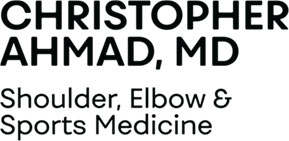The most humbling experience of my 20-year surgical career recently took place during a 12-hour shift in New York City, in my hospital’s emergency room during the NYC coronavirus peak.
My work, my mission, my passion has always been to optimize performance in athletes. If you can’t throw a baseball, I reconstruct a new ligament so you can throw again and advance your baseball career. If your knee is unstable, I reconstruct a new ACL so you can continue with college or pro soccer. In complete stark contrast, emergency room medicine during the COVID pandemic was simply about preserving life.
My entire family and I got infected with COVID-19 early in the pandemic. I went to sleep feeling sluggish and began coughing during the night. The cough was loud and had a rhythm of every 15 minutes, interrupting any meaningful sleep. Fever, body aches, and fatigue quickly ensued. 1 week later my wife went through the same symptoms, but in addition, she lost complete sense of taste and smell. My three children also had symptoms but suffered a much shorter duration. Thankfully after a couple of weeks, we all recovered. For weeks afterward I continued to experience shortness of breath with mild exertion, such as walking up a flight of stairs or lifting heavy items. But after a sustained period of family quarantine and COVID testing to ensure we were no longer contagious, I found an opportunity to support the emergency room healthcare workers who were managing less fortunate patients.
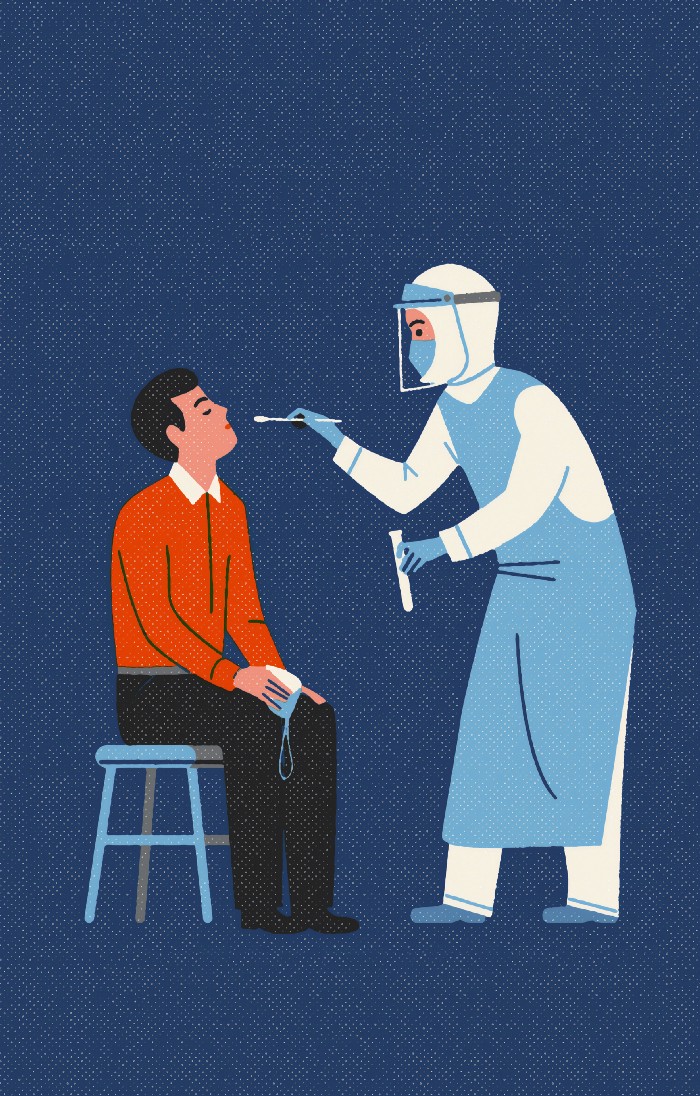
My sports medicine practice was shut down, professional soccer & baseball were shut down, and the operating room where I perform surgery on Fridays was converted to an ICU to manage the surge of patients requiring ventilators. And while I do not have formal training in emergency medicine, I could volunteer in the ER and serve as a “50-year-old intern.” For many physicians, the desire to support colleagues in the emergency room was complicated by family and personal health risks. Some physicians themselves were at risk for COVID and if they got infected they were at higher risk for severe illness. Some feared that exposure in the ER would place their infants and other family members at risk following their hospital exposure. Many were seeking apartments or hospital housing options to isolate themselves from family for several days following their potential ER shifts. But since I had no personal health risks and my family & I was recovered, I was in a position to respond.
The Shift…
I was placed on the inpatient ICU consult team to the ER. This team was charged with determining which patients truly needed the precious ICU beds in the hospital. The patients we managed were the most critically ill patients in the ER. Many presented to the ER able to talk, but short of breath. Soon they had difficulty talking, with worsening shortness of breath, and then eventually they were unable to talk at all because they required intubation.
Within my ER ICU consultant team, I was assigned an individual teammate to work with closely. I was paired with Josephine Coury, an extremely talented orthopedic PGY-1 intern. She had experience managing critical patients from a previous ICU rotation but was prepared way beyond a typical intern. She somehow knew I might be feeling somewhat out of my territory and was kind enough to get me my PPE in advance of the shift. She even gave me a critical medicine 8×10 cheat sheet with important reference numbers such as ventilator settings for use in crisis situations.
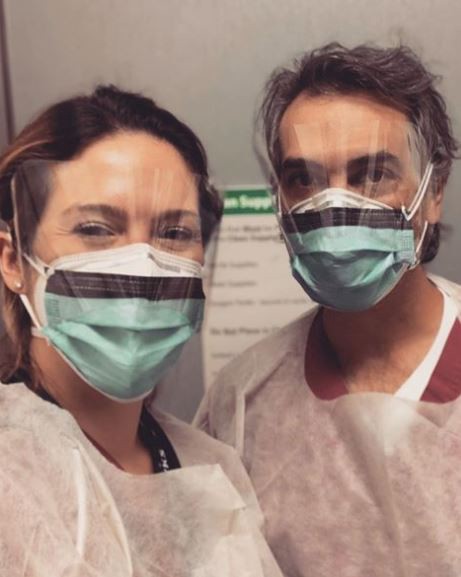
We started in the ER at 8 pm. The previous resident was on his 12th hour and he walked with us around the ER. We stopped outside each patient’s area and discussed their status. Each patient had cardiac and pulse ox monitoring. Because most patients were having oxygenation values below normal, their monitors were alarming with repeated bell sounds. I remember being distracted by the cadence of bells from the different patient beds that surrounded us. At times it was synchronous and pleasant to hear a ding in the left ear, followed in time by a close ding in the right ear, then a softer more distant ding before the cycle repeated. Like being in a store where clocks are all ticking but slightly off. While we received our task list for each patient, Josie made quick notes on each patient. Some needed immediate blood drawn, nasogastric tubes placed, or chest x-rays checked.
As we started to get blood drawing tubes, a patient arrest was signaled. It was 9 pm when we joined a quickly assembled team of ER physicians and staff to resuscitate an unresponsive patient. One ER physician quickly rolled up the patient’s pant leg above the knee, sterilized the skin, and the punctured the skin and inserted a large metal catheter directly into the tibia bone. It was then attached to tubing. This would serve to infuse cardiac medications that would get into the bloodstream via the bone medullary canal. This was faster than trying to find a vein big enough to put an IV in. Another physician maintained the airway and squeezed a bag to force air into her lungs. Another took notes on times of medications and dosages. Josie and I took turns delivering chest compressions. With an N95 mask on, overlayed with an additional surgical mask, and then a face shield on top, and lungs that felt out of shape — it took only 2–3 minutes of compressions before needing to rest. Josie and I switched on and off. Three times everyone backed away from the patient for a cardiac shock. After repeated cycles of medications, shocks, and continuous chest compressions it was decided that the patient would not survive and that it was appropriate to discontinue. The ER physician in charge of the quickly assembled team asked for a moment of silence to respect the patient. Following that silence, I realized that I did not know the names of those that I just worked with. At that point, I did not need to know their names. I helped clean syringes off the floor from the multiple medications, gloves that fell, and gauze. In the ER, loss of life was not a CNN statistic put on a television screen, it was gripping, emotional, and real.
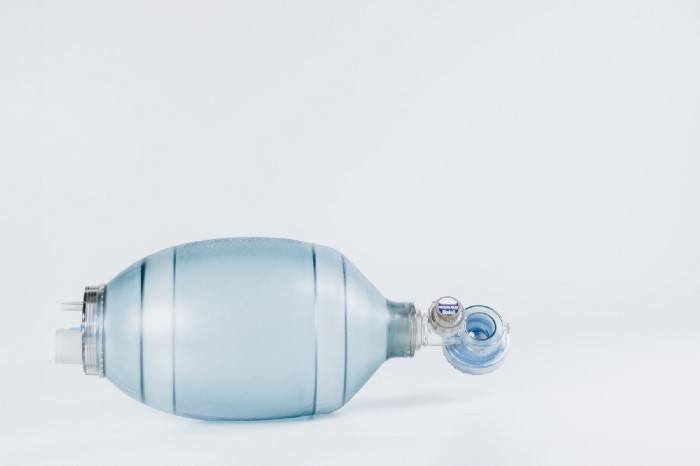
The other ER patients needed continued care so we went back to our task list right away. As the night shift wore on, my teammate and I worked together, drawing arterial blood gases, inserting nasogastric tubes to decompress stomach contents on patients who were just intubated, and assisted with various other catheters. These tasks allowed a high functioning intubation team to quickly move to the next patients. One would place a tube, the other would tape it in, and another would document and place orders. We quickly developed a way to work quickly and efficiently so we could communicate easily the technical aspects of each procedure. Throughout the night we would cross paths with a central line team. After intubation, patients required a large IV called a central line which was placed to manage all the medications for their life support. A central line team was created to quickly respond and also allow the intubation team to continue their work. The ER was a concert of multiple teams and sub-teams of teams.
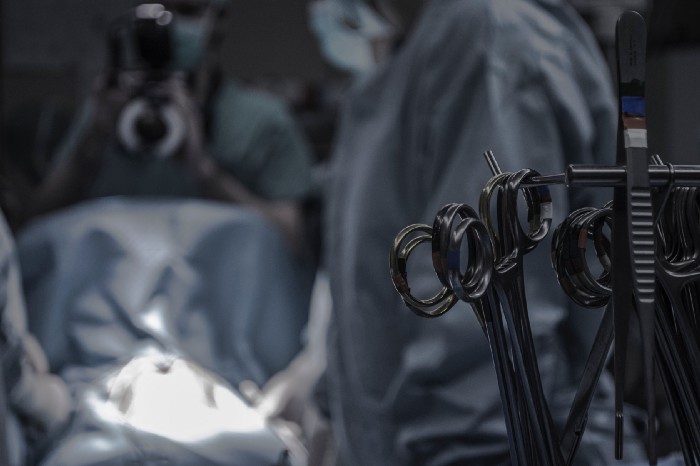
We continued to circle the ER, checking each patient for any change in status. At 3 am we transported a patient from the ER to the hospital ICU. This required yet another team to be assembled. The ER nurse, a respiratory therapist, Josie, and myself. I admired the respiratory therapist. He quickly managed to get all sorts of IV tubing, ventilator tubes, and a portable ventilator itself all off the wall and firmly attached to the bed in no time at all. I also appreciated his personal risk since COVID transmits from lung to the open world and he is managing COVID respirations non-stop. He was another hero.
Somewhere around 4 am, I had a chance to meet and chat with the ER physician who days earlier had treated my brother for coronavirus. My brother, who lives on Long Island became short of breath a week or so prior. I asked him to get a pulse ox and check his oxygenation. It was 88 while he was walking in the house. The number was low and concerning for decompensation and needing intubation. His wife drove him to the hospital immediately. He stayed for 5 days with no visitors and received oxygen support. He did not require intubation and was thankfully now back at home. I found the physician who treated my brother and introduced myself. He remembered my brother well and was happy to hear he was recovering. He was also happy to have the help from orthopedics during the busiest moments of his career.
As the 12th hour of our shift approached, Josie and I decided it was time for caffeine. We removed our ER gowns and took off our outer face shield and headed to the hospital lobby, Starbucks. On the line we stood 6 feet apart with strips of tape indicating each line position. When I got to the barista, I discovered that I had left my wallet in my bag in my office. Josie picked up my almond milk honey flat white. After a dose of caffeine we put our ER attire back on — face shield, mask etc. We took a selfie and then Josie led the sign out of patients to the day team.
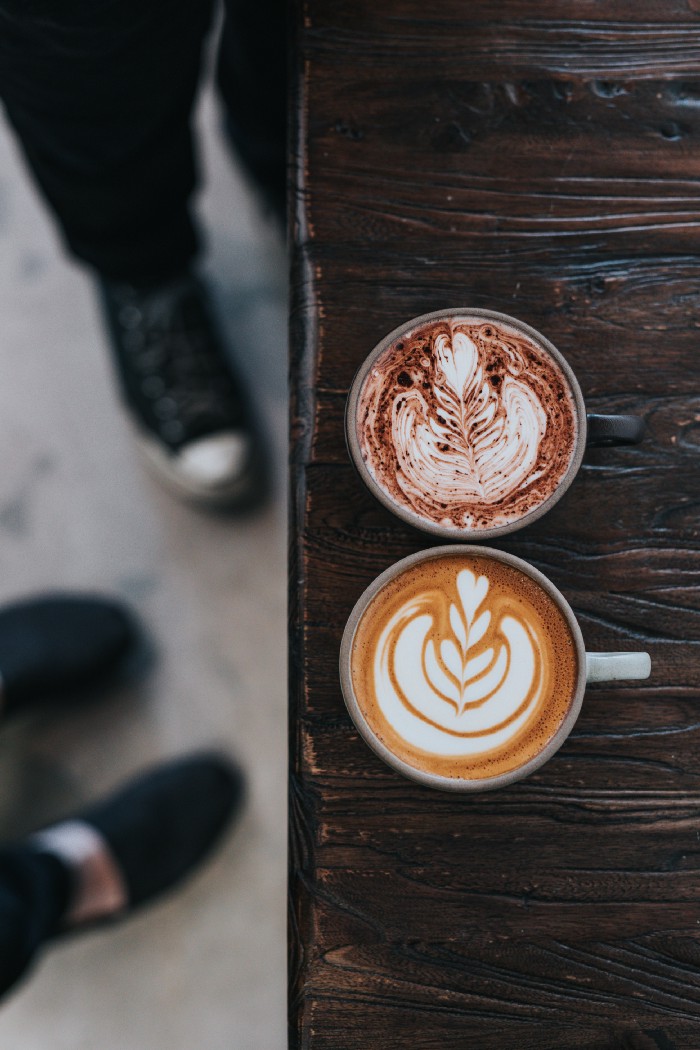
Days later and still today I find myself reflecting on this ER experience. I was truly struck and inspired by the ER culture and it has made a lasting impression on me. Dr. Coury had innate empathy for patients, respectful supportive engagement with ER nurses, respiratory therapists, and physician staff, and calm confidence that inspired others around her, including me. The emergency room itself was very different from that of my experience in the operating room and the highly successful sports teams that I work with. There was an absence of ego and an incredible sense of purpose. Academic titles, job descriptions, and seniority were not present in the ER during COVID. This contrasts with other aspects/fields of medicine, business, and sports that I have experienced throughout my career.
As Dan Coyle has described in his book Culture Code — “The difference with successful cultures seems to be that they use the crisis to crystallize their purpose. High-purpose environments don’t descend on groups from up high; they are dug out of the ground, over and over, as a group navigates its problems together and evolves to meet the challenges of a fast-changing world.”
I am forever humbled by and grateful to the countless heroes in our emergency rooms that put themselves at personal risk, and for my co-emergency room shift intern Josie from whom I learned so much.
